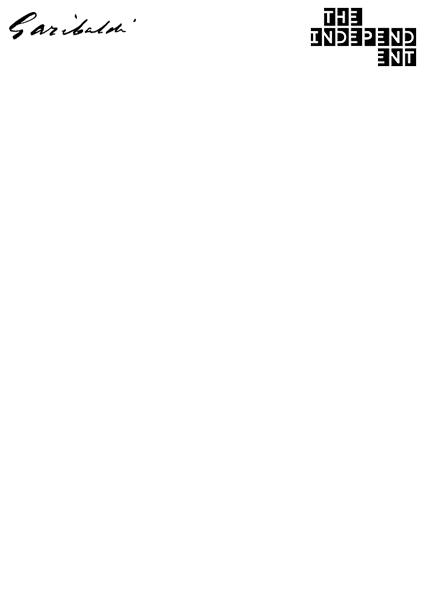Ideal self-management. Groups of artists in the ‘70s
Alessandra Pioselli
The word independence was not particularly popular with the collectives and groups of artists of the ‘60s and ‘70s. The term self-management, taken from militant politics, was the word of choice, as it defined the cooperative forms of organisation of work that expressed the so-called rejection of delegation. «This way, [artists] pursue but the progressive re-appropriation of their role as free researchers who aim at interacting with other people without having to overcome interposed or deforming patterns», said Carlo Cioni in the catalogue of the 1° Rassegna dei gruppi autogestiti in Italia[1]. When it came out in 1980, self-management drowned in the sea of social-political change that rendered the term anachronistic. However, in the post-1968 period, the development of collectives was fostered by a political culture that «generally glorified the participatory democratic model»[2]. According to artists, self-management is the embodiment of self-determined production and work distribution processes, but also enables a «non-competitive, human relationship»[3] to be established with others (be them artists or people). The experiences of the groups that formed in the late ‘60s show different approaches to making an experimental use of video and audio material, going back to situationist matrixes and Fluxus, and conforming to the tendencies of Kinetic and Programmed Art. The Authors who contribute to the development of Programmed Art consider artworks as a means to explore forms of knowledge that should have influenced other areas of society, from industry to communication, education and urban space, formulating hypotheses that sometimes bend towards a more specifically urban and political discourse. This is Davide Boriani’s stance. The activity of Operativo ti.zero is another example. Other groups with different aesthetic approaches achieved cohesion in responding to social questions, such as the Collettivo autonomo di Porta Ticinese of Milian, the Collettivo Lavoro Uno or the Laboratorio di Comunicazione Militante. These groups used self-management to integrate said questions in their projects, sharing the need to «find a new way of operating», «fostering open experiences and works», and «overcoming the univocity of the operator-user relationship»[4]. Self-management is generally everted, but it can also be self-directed. The use of language in order to keep the group together can prevail over the more blatantly militant level without being openly oriented toward social partners. It remains an implicit or explicit policy of stances (of the artist, the work, the audience, the context). Ofttimes, groups explore the city rather than maintain a space. The history of spaces coordinated by artists and other operators intersects that of groups, though it does not always perfectly overlap it. The goals are plural. Spaces such as Zona non profit art space – a significant example – supported performance, audio-visual, conceptual, expanded-cinema and independent publishing research by fostering a dialogue between Italy and international scene, with these goals in mind. Cultural production and urban dynamics play different roles in this environment. Even the leitmotif of going against institutions is to be approached flexibly, taking into account both the liveliness of private galleries, which experiment with new languages, and the demands for reform of the very bodies. Some groups of artists want to have programmatic relationships with public bodies. The stories of the Fabbrica di comunicazione of Milan and the Comitato Piazzetta of Sesto San Giovanni are a good example of this. The support of public administration is seen as an opportunity to integrate artistic planning into the framework of land management policies. The “new clients” referred to by Enrico Crispolti are also local bodies within the framework of administrative decentralisation and the democratically-reconstructed institutions envisaged by the Italian Communist Party[5], albeit to no avail. The political and aesthetic requests of a not-so-homogeneous historical period show a problematic need for autonomy rather than self-management, which remains a demand for sense.

Café Müller a / at NESXT 2017
Note
[1] Carlo Cioni, in 1° Rassegna dei gruppi autogestiti in Italia, Studio d’arte Il Moro, Florence 1980, pp. 16-17.
[2] Gian Franco Elia, Silvano D’Alto, Roberto Faenza, La partecipazione tradita, Sugarco, Milan 1977, p. 23.
[3] Michelangelo Pistoletto, Manifesto drafted on the occasion of the 1968 Venice Biennale.
[4] Laboratorio di comunicazione militante, Intervention no.1, Arte e Società conference, Centro Internazionale di Brera, 12th-22nd November 1976.
[5] Enrico Crispolti, Arti visive e partecipazione sociale, De Donato, Bari 1977.


